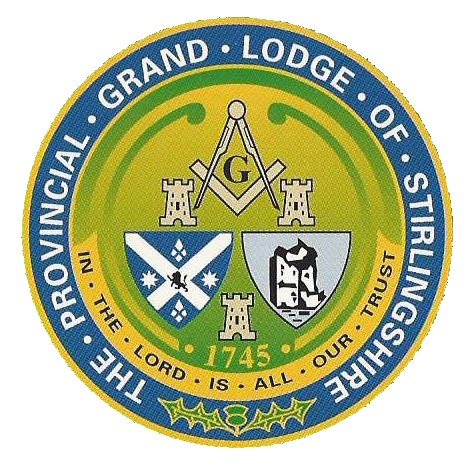 |
 |
The Provincial Grand Lodge of Stirlingshire |
 |
 |
Background
"Travelling Gavel" in Fact and Legend
More
fact than legend has
it that the “Masonic Traveling Gavel” originated in the Middle Ages through
social activities by the masters of trades or guilds. When these masters met
socially, the host of the gathering presided over the evening with a specially
designed Gavel, The very same Gavel was handed over to the guild whose number
was the highest in attendance. Since these informal social meetings were mostly
held in a tavern, drinking became an integral part on the list of events for the
evening’s activities. It was a time to relax and unwind from days of hard work.
Drinking, singing and merrymaking became the focal point of these gatherings.
The “Gavel” in time was replaced by a Grail, Chalice or Goblet. Whatever one
preferred to call it, it became the centerpiece displayed at the table. It was
to remind everyone that it was not for business that they had gathered. These
trade and guild masters enjoyed a tremendous amount of respect not only within
their own community but beyond the borders of their own regions. Depending on
their choice of trades, it took up to twelve years of rigorous learning and
training to achieve the rank of Master. Since Fellowcrafts and apprentices were
still in the states of acquiring the skills and knowledge of their trades, they
were not permitted to join in or participate in these social “activities”.
Coral
singing became one of the Masters best known social functions. The chorus was
comprised of men of the highest caliber in the art of singing who traveled
through-out the land entertaining others and themselves. In time other groups
from different regions emerged and contests were held in numerous places to
determine who was best. An elaborately decorated Goblet was the prize – to keep
until won or reclaimed by another guild. The most famous chorus of all was that
of Nuremberg, which still practices the art of choral singing today. It is
immortalized by Richard Wagner in Die Meistersinger von Nuremberg.
Freemasons, whose system of advancement is copied from the trades and guilds of
the stonemasons of the Middle Ages, also adopted, in general, the idea of A
“Traveling Gavel”. It is that Gavel which symbolizes fact and part of the legend
of the “Traveling Gavel” or “Goblet” of the Masters in the Middle Ages. The
Masonic history of the “TRAVELING GAVEL” and the “Meistersinger” are forever
intertwined and will live on for all time.
|
|
|

